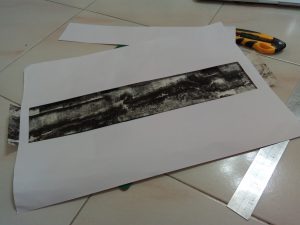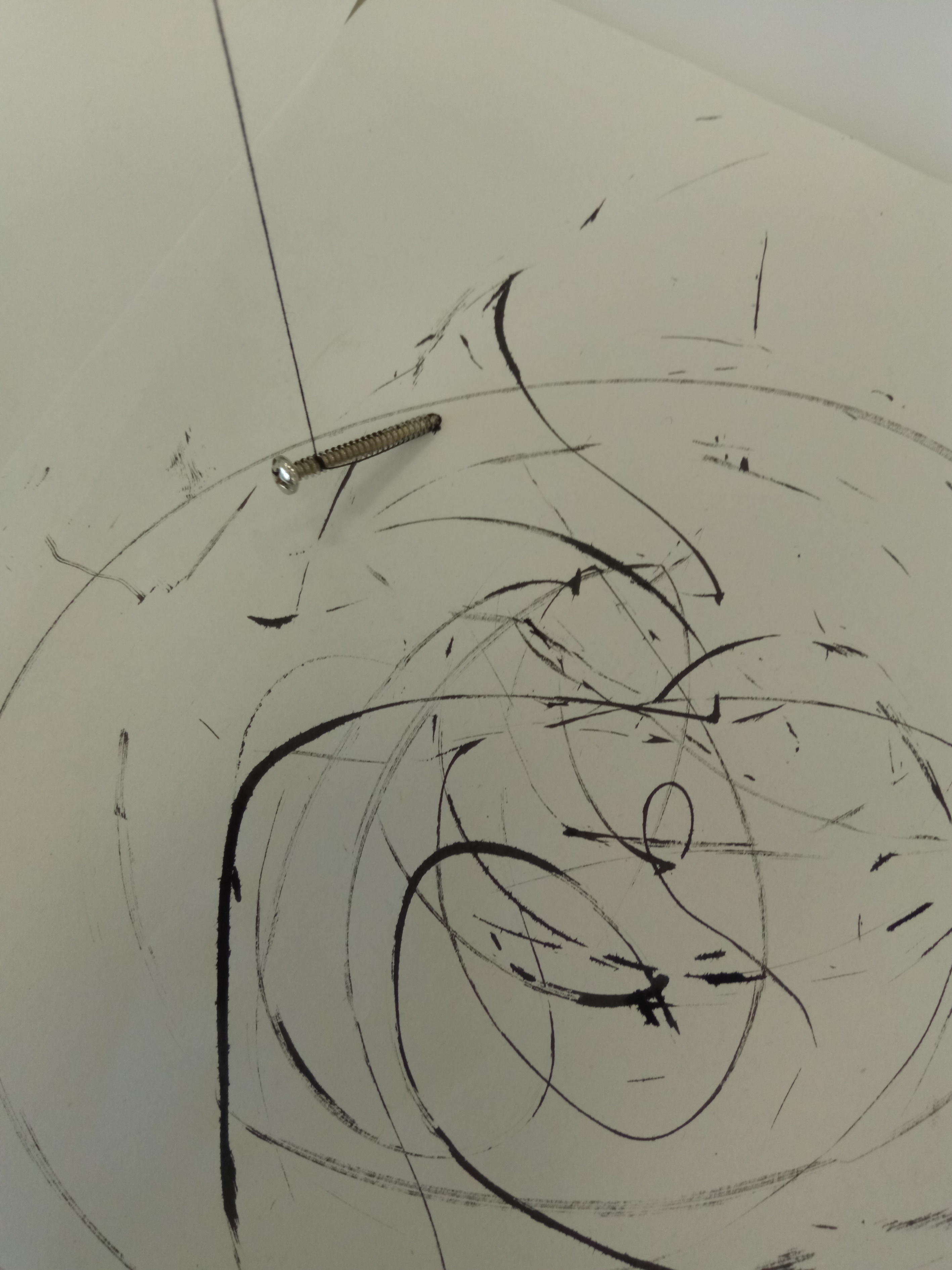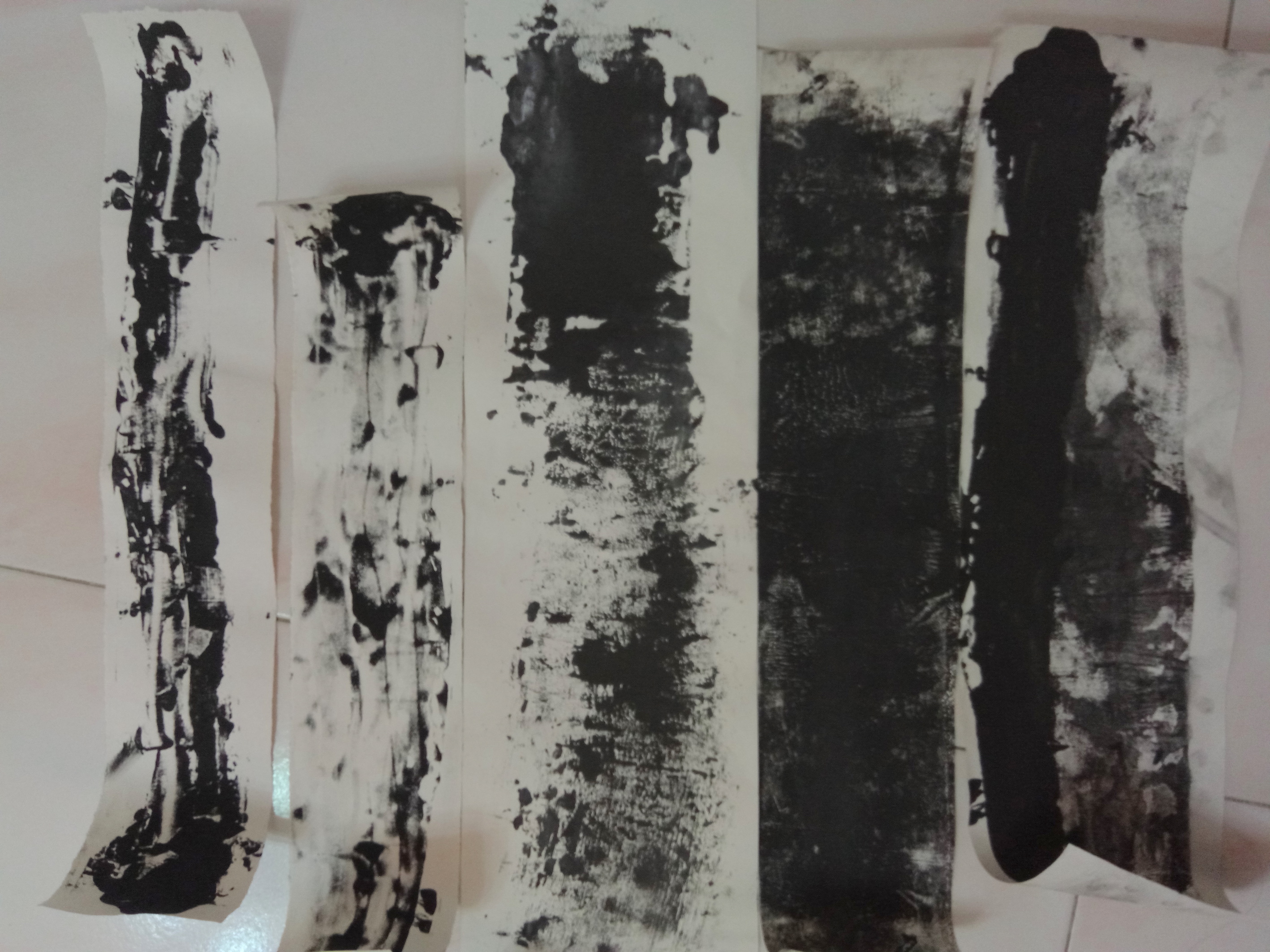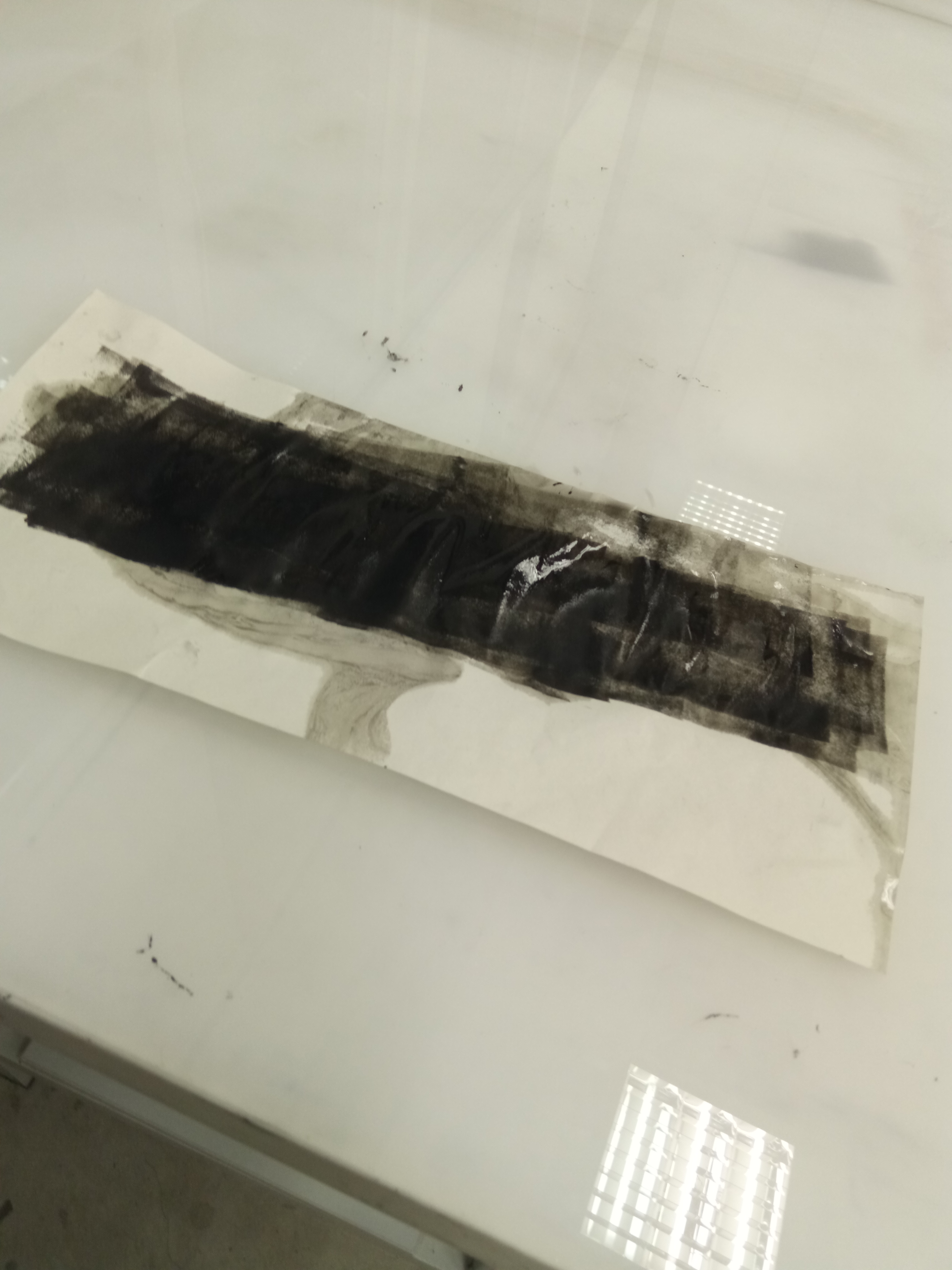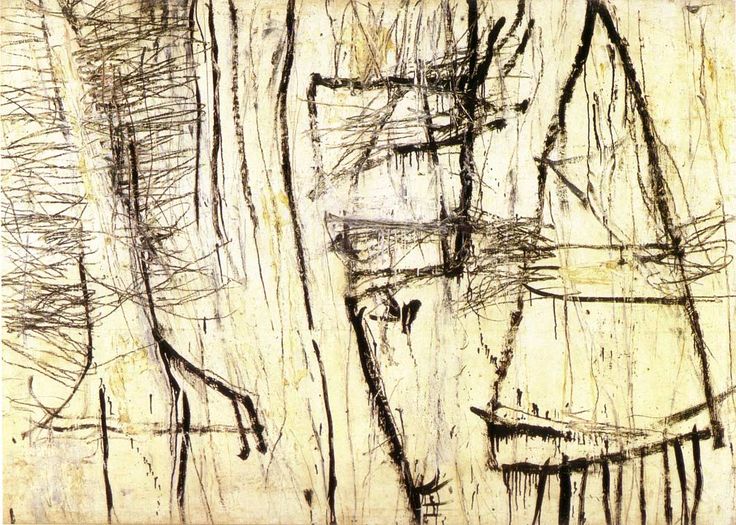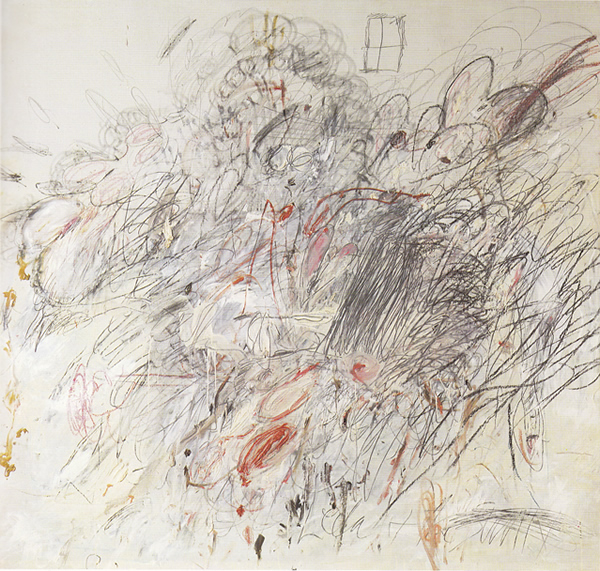I found some abstract artworks I really like and used them as an inspiration to some of my works.
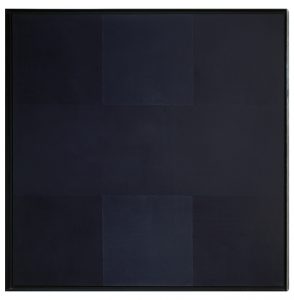
I liked Ad Reinhart’s idea of similar tonality. In his work, he played with the colour black, processing blacks of various tones in a 3 x 3 square to question on the idea of absolutes.
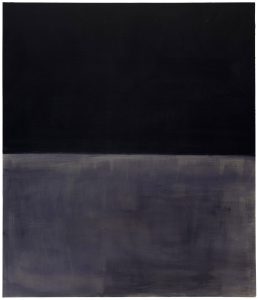
I also like Mark Rothko’s work. Seeing a Rothko piece in South Korea, I was in awe by the beauty of his use of blending and tones. They seemed really soft and really smooth and evoked a slow, calm effect.
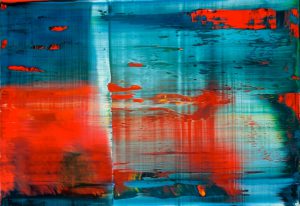
Gerhard Richter’s work look like scrapped paintings. His aluminium pieces create a nice “wipe” effect to the panel.
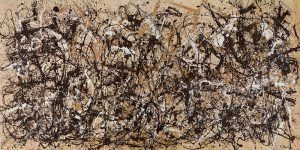
Jackson Pollock’s beautiful work might look like a mess after eating McDonald’s, but the vivid strokes show energy and tells a fierce, fiery outburst, to the audience.
 Exhibit A, I tried using the roller to give a swishing effect to show sensuality and intertwining for “lust”. But it was only concentrated on the side, it didn’t roll nicely, but the effect was still intended, I could still see a soft intertwining effect. Secondly, I tried to layer another feeling on top of the feeling of sensuality. This was because I felt that a singular stroke or line was not enough to represent the complexity of emotions, therefore I added more rigid, repetitive lines on top of the swishes. I think that it achieved an intended effect, but there is more to work on in terms of finding the right layer.
Exhibit A, I tried using the roller to give a swishing effect to show sensuality and intertwining for “lust”. But it was only concentrated on the side, it didn’t roll nicely, but the effect was still intended, I could still see a soft intertwining effect. Secondly, I tried to layer another feeling on top of the feeling of sensuality. This was because I felt that a singular stroke or line was not enough to represent the complexity of emotions, therefore I added more rigid, repetitive lines on top of the swishes. I think that it achieved an intended effect, but there is more to work on in terms of finding the right layer.